|
|
|
|
|
|
|
|
|
|
|
|
|
|
|
|
|
|
|
|

|
|
|
|
|
|
|
|
|
|
|
|
|
|
|
a
little design history |
|
|
|
|
|
|
|
|
|
|
|
|
|
|
|
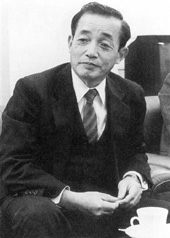 |
|
|
The
unique shape of XA was designed by Yoshihisa Maitani. To make an ideal camera
body, Maitani painstakingly worked on a clay model at his home till midnight.
Working with a clay model involved making endless fine alternations and then
gazing at it for a long time. When the clay model didn't look right however
many alternation and retouching had been made, it was time to start afresh with
a new model. |
|
|
|
|
|
|
|
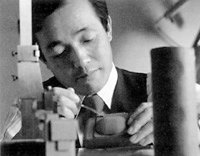 |
|
|
|
|
|
|
|
|
|
|
|
Mr Yoshihisa
Maitani joined Olympus
Optical Co Ltd in 1956. He was the chief camera designer and managing
director of Olympus Optical Co Ltd. He developed a number of legendary
cameras during his career. These include the Pen series, the OM series,
the XA series, the IS series and the [mju:] series of cameras.
|
|
|
To
design a lens that can be fitted to the compact dimension of the XA body was
one of the hardest problem of the XA development. Maitani insisted on a 35mm
lens to be fitted into a body of 4cm thick. However, only a 31mm wide angle
lens can be fitted into it by using the conventional design concept. Moreover,
by shortening a Tessar type 35mm lens, the maximum shortening achieved is 1mm
and not the required 4mm. The lens design team headed by Yoshisada Hayamizu
finally came up with the idea of using a "Reverse Retrofocus Type" or "Telephoto
Type" lens design. It was the first time that a "Reverse Retrofocus Type" 35mm
wide angle lens was designed. (Normally, this type of lens design was used to
make telephoto lens for slr cameras.) To provide focusing without extending
the lens outward, an inner focusing mechanism was adopted. |
|
naming
"X" and "A". "X" is the most distinctive
sounding letter in the English alphabet, and it conveys a futuristic and leading-
edge technology image. "A" was chosen for no particular reasons except it
goes well with the "X" and it offers the nuances of "Number 1"
|
|
|
|
|
a special surface finish
is applied to the body to give it a stone-like feel.
|
|
|
|
|
|
|
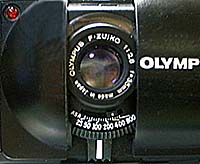 |
|
|
|
|
|
|
The wide shutter speed range of XA (1/500
sec - 10 sec) called for a mechanism of unusually high precision. It was found
that the magnet used for opening the shutter needed to be very small, reliable
and durable. However, such kind of magnet could not be found in existing products.
After consulting specialist magnet manufacturers one after another, a magnet
made of rare earth material was found suitable. To minimize shake, a shutter
release button that could response to the slightest touch was developed. A
special pressure sensitive conductor element was used.
|
|
|
|
|
|
|
|
|
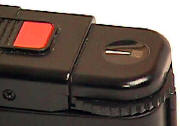 |
|
|
|
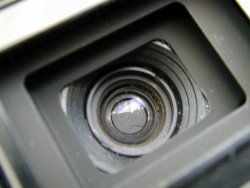 |
|
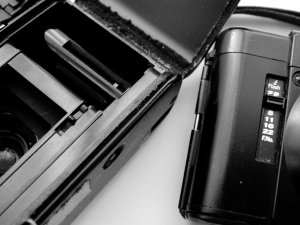 |
|
|
|
|
|
|
 home home |
|
|
|
|
|
 |
 |
 |
 |
 |
 |
 |
 |
 |
 |
 |
 |
 |
 |
 |
 |
 |
 |
 |







 home
home